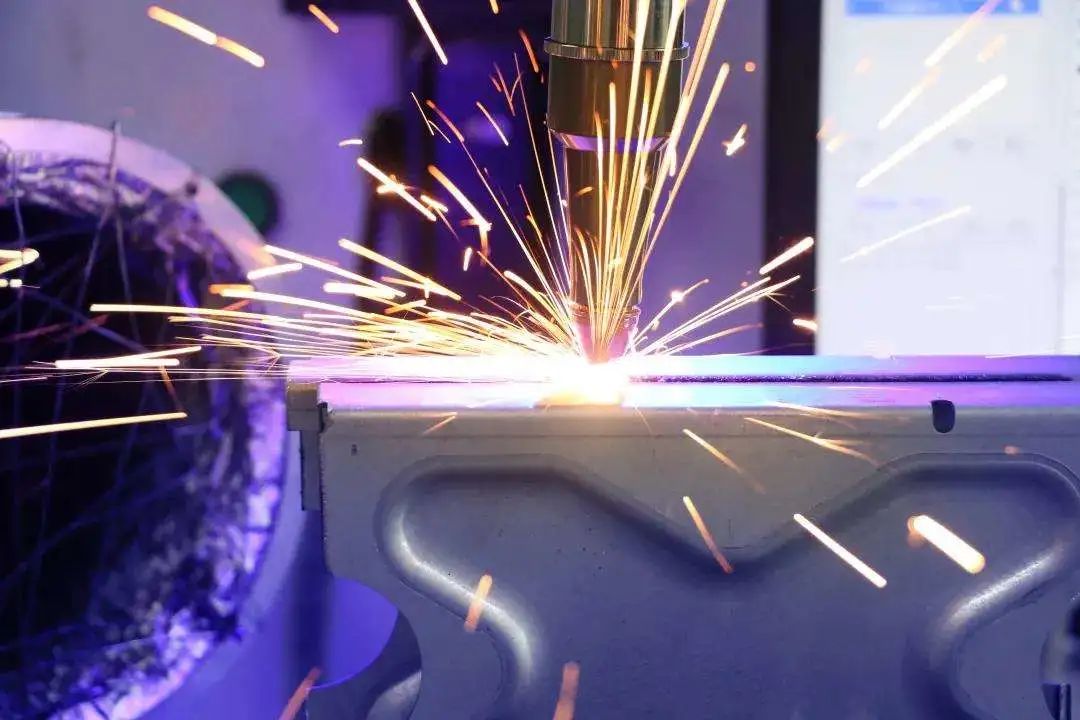Laser Welding
What is Laser Welding And It’s Advantages
Laser welding has many advantages in industrial applications. The high depth width has many advantages, such as being deeper and narrower than the normal method weld gap, and the weld gap is bright and clean.
Also;
- high power density,
- rapid melting,
- Low heat input to the workpiece,
- Faster welding speed,
- Smaller thermal deformation in the material,
- Less material stress in areas outside the weld zone
This kind of advantages it has.
Laser Welding
It is easy to use, because the beam thickness is very small, the welding can be positioned with high precision, the beam is very easy to transmit and direct, no need to change the welding torch and tip frequently, higher response time is achieved during the welding process than normal welding methods, the production efficiency is high, the light It has no inertia and can be stopped and restarted at high speed.

In addition, the cost of rework can be reduced due to the low average heat input and high machining accuracy.
The operating cost of laser welding is low, which can reduce the workpiece cost. Similarly, automation is easy with laser systems, as in automotive.
It is possible to achieve beam intensity and precise positioning from longer distances.
Let's take a look at Laser Welding Methods
Galvanometer source; Based on the parameters in the computer, it uses the fast scan function of the galvanometer to preset the welding path, laser power control and other parameters. In this way, it is possible to weld with faster welding speed, high precision and from a certain distance.
Point source; It is a boiling method that extends two plates. The thickness and materials of the plates can be the same or different. It is widely used in the manufacture of automobiles, container shells, metal frames and filing cabinets.
Laser spot welding; It is the method used to weld materials together, usually using a high-energy laser pulse at small spot diameters.
There are two methods of penetration welding;
One is heat conduction. Heat is transmitted to the lower contact surface through the upper materials to weld the two materials together.
The other is that the laser passes through the upper material (such as plastic) to the lower material and welds the upper and lower materials together.
Oscillation welding is also called seam welding. In welding work, the laser beam oscillates along the weld path to improve the weld's tolerance requirements and reduce the influence of pores in the weld.
Result;
Precise control of laser power in laser welding is crucial to the quality of the weld, especially at the beginning and end of the weld.
The laser absorption and reflection properties of the metal at different stages of melting are quite different. Experimental results show that good weld quality can be achieved by using gradual power control at the beginning and end of the weld, and this control is possible with a single laser.

